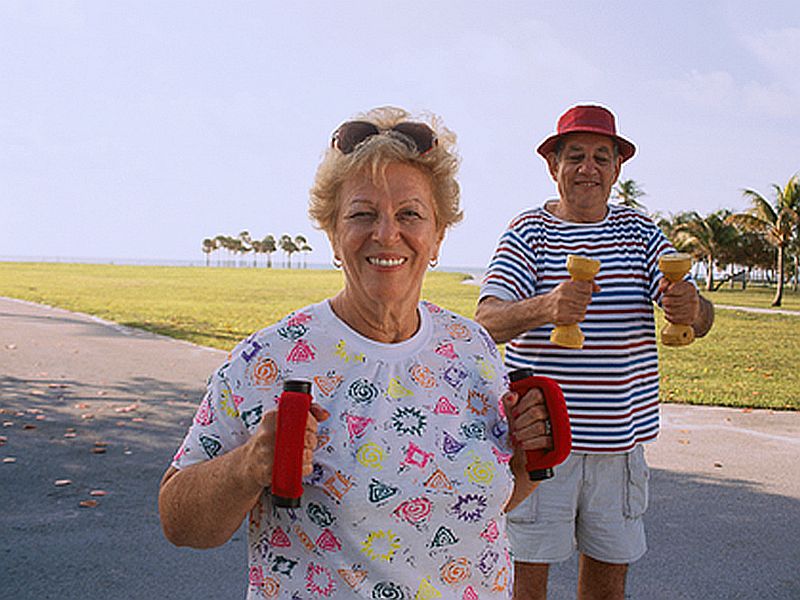
Thursday, September 8, 2016

THURSDAY, Sept. 8, 2016 (HealthDay News) -- In news that's sure to delight tipplers everywhere, a new study says moderate exercise may offset some of alcohol's harmful effects.
Normally, drinking raises the risk of death from cancer and all causes, the researchers said. But just 2.5 hours of physical activity a week could reduce those odds, the large study of British residents found.
"Among the sedentary participants, we found that the risk of death from cancer and all causes is slightly increased even for an alcohol consumption considered to be within guidelines," said study first author Karine Perreault. She is a researcher at the School of Public Health of the University of Montreal.
That finding plus the lower risk of death for more athletic people "demonstrates the beneficial effect the practice of physical activity may have on human health," she said in a university news release.
But, the study authors aren't saying anyone has carte blanche to binge-drink repeatedly and avoid any long-term physical repercussions.
Still, "current physical activity public health recommendations offset some of the cancer and all-cause mortality risk associated with alcohol drinking," the study authors wrote.
Current U.S. guidelines recommend 150 minutes of moderate-intensity aerobic activity each week. This includes brisk walking, bicycling, ballroom dancing and gardening. Exercising up to 300 minutes weekly results in even greater health benefits, the guidelines say.
The study authors defined drinking within guidelines as no more than 12 standard U.S. drinks a week for men and eight for women.
Compared with those who never drank, the study showed that drinking even these average amounts was linked to a 36 percent higher odds of death from cancer and a 13 percent higher risk of death from any cause.
But for drinkers, recommended levels of moderate activity (150 minutes) or the upper level of activity (300 minutes) "substantially" decreased the raised odds of death from all causes and cut cancer-death risk, the study authors said.
The odds of death tied to hazardous drinking were also slashed, the study reported.
The scientists believe that exercise and alcohol share similar pathways in the body. But, where drinking might cause harm, exercise may be protective.
The international team of researchers reviewed results of eight health surveys conducted in England and Scotland. More than 36,300 people aged 40 and older completed questionnaires from 1994 and 2006. The researchers evaluated their exercise patterns and drinking habits.
Over nearly 10 years of follow-up, there were 5,735 deaths.
Compared to those who never drank, "hazardous" drinkers appeared to have an elevated risk of death from any cause, the researchers found. Hazardous drinking was defined as 8 to 20 U.S. standard drinks for women and 12 to 28 for men.
The link was dose-dependent, meaning the more a person drank, the greater the risk of cancer death. But risk of death from either cancer or all causes rose more slowly among those meeting exercise guidelines compared to those who engaged in less physical activity. The effect on cancer was more apparent, the researchers said.
Alcohol plays a big role in western culture, the study authors noted. Nearly nine out of 10 American adults in 2013 reported having had alcohol at some point in their lifetime. And, more than half said they'd had alcohol in the previous month, the study said.
According to the Dietary Guidelines for Americans, moderate alcohol consumption is defined as up to one drink a day for women and up to two a day for men.
The study results were published Sept. 8 in the British Journal of Sports Medicine.
SOURCES: Sept. 8, 2016, British Journal of Sports Medicine; University of Montreal, news release, Sept. 6, 2016
HealthDay
Copyright (c) 2016 HealthDay. All rights reserved.
News stories are provided by HealthDay and do not reflect the views of MedlinePlus, the National Library of Medicine, the National Institutes of Health, the U.S. Department of Health and Human Services, or federal policy.
- More Health News on:
- Alcohol
- Exercise and Physical Fitness





























.png)











No hay comentarios:
Publicar un comentario